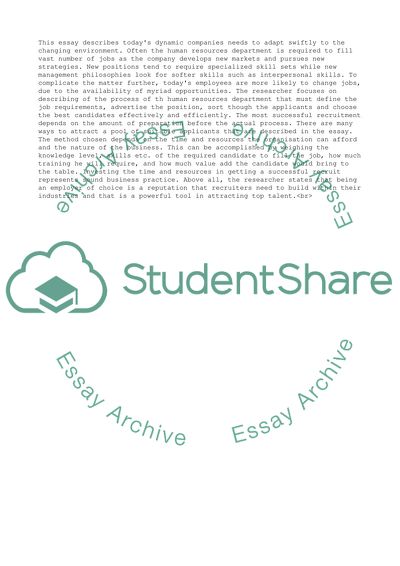Cite this document
(“Strengths and Weaknesses of Internal and External Recruitment Essay”, n.d.)
Retrieved from https://studentshare.org/management/1535254-strengths-and-weaknesses-of-internal-and-external-recruitment
Retrieved from https://studentshare.org/management/1535254-strengths-and-weaknesses-of-internal-and-external-recruitment
(Strengths and Weaknesses of Internal and External Recruitment Essay)
https://studentshare.org/management/1535254-strengths-and-weaknesses-of-internal-and-external-recruitment.
https://studentshare.org/management/1535254-strengths-and-weaknesses-of-internal-and-external-recruitment.
“Strengths and Weaknesses of Internal and External Recruitment Essay”, n.d. https://studentshare.org/management/1535254-strengths-and-weaknesses-of-internal-and-external-recruitment.


